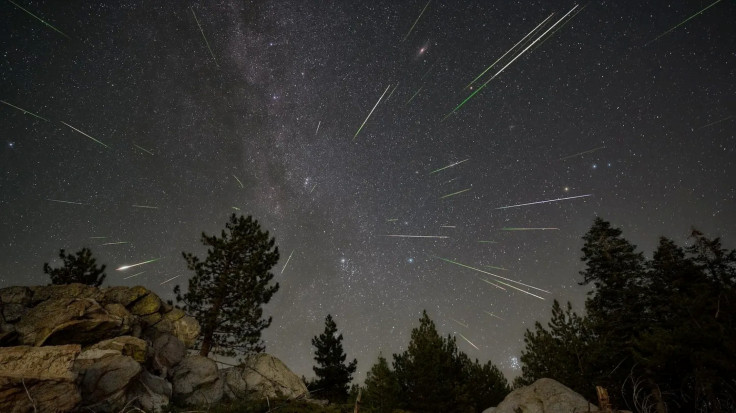
If you've ever wanted to witness nature's very own fireworks display, tonight is your night.
The much-loved Perseid meteor shower will reach its peak between Tuesday night and the early hours of Wednesday morning, promising a celestial show that has been captivating humans for nearly two millennia.
'The Perseids are caused by Earth running into trails of debris left behind by Comet Swift-Tuttle,' explained Bill Cooke, lead for NASA's Meteoroid Environments Office. 'It's one of the most reliable and spectacular meteor showers we see each year.'
When and Where to Look
Timing is everything when it comes to the Perseids. The Royal Observatory notes the shower has been active since 17 July and will continue until 24 August, but the number of meteors climbs steadily to a dramatic peak on 12 and 13 August.
Observers in the UK should be able to spot some shooting stars as soon as the Sun sets, yet the best time to look is between midnight and 5.30 a.m., with prime viewing in the small hours of the morning, ideally between 2 a.m. and 4 a.m.
Keen skywatchers should also look out for a celestial bonus. On the morning of 12 August, Jupiter and Venus will appear at their closest, roughly a degree apart, shining brightest just before sunrise.
How to Watch (No Telescope Required)
The Perseids are a naked-eye event, meaning you don't need any fancy kit, just a dark spot away from city lights and some patience.
Experts recommend heading to rural locations, high-elevation lookouts, or the coast for an unobstructed view of the northeastern sky, where the meteors appear to radiate from the constellation Perseus.
Meteorite expert Dr Ashley King from London's Natural History Museum advises allowing at least 10 minutes for your eyes to adjust to the darkness. 'It might seem like nothing is happening at first, but once your vision adapts, you'll start spotting them, sometimes in bursts,' he says.
If you can't get outside, the Virtual Telescope Project is hosting a free livestream from 5 p.m. BST tonight, broadcasting real-time views from Italy along with commentary by astrophysicist Gianluca Masi.
Weather and Moonlight Challenges
The Met Office says conditions across much of the UK are 'favourable' for tonight's show, with clear skies especially likely in central England and Wales.
That said, an 86%-illuminated waning gibbous moon could wash out some of the fainter meteors. NASA suggests positioning yourself behind a tall building or tree to block moonlight glare.
According to BBC, those looking for darker skies might want to plan a viewing between 16 and 26 August, when the moon will be less of an obstacle, though meteor activity will be lower compared with peak night.
Why the Perseids Are So Special

The Perseids have been delighting stargazers since their first recorded sighting in 36 A.D. They occur when Earth passes through a trail of debris from Comet Swift-Tuttle, tiny particles that burn up in our atmosphere, creating the bright streaks we see as meteors.
While some appear as quick, blink-and-you-miss-them flashes, others are brilliant 'fireballs' that can light up the sky for seconds.
For the truly dedicated, tonight's viewing window offers a double treat: dozens of meteors per hour at the shower's peak and the rare Venus-Jupiter conjunction, all under mostly clear summer skies.
Whether you're a seasoned astrophotographer or a casual sky-gazer with a blanket and flask of tea, the Perseids promise a magical night that's free, fleeting, and unforgettable.
So, set your alarm, step outside, and look up. You may just find yourself making more than one wish.







